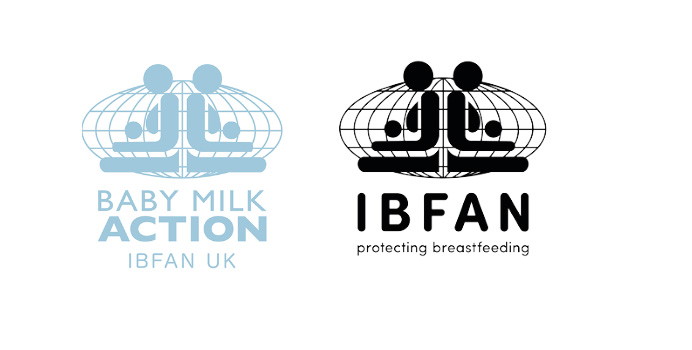Global Action Plan (GAP) on child wasting*
During the WHO Executive Board (3-8th January) WHO conducted a very short consultation on this new plan.
NAPi India Response (a national think tank on nutrition)
The final Plan proposes many fundamental changes in the management of malnutrition.
Also relevant is the UNICEF/Global Nutrition Cluster/GTAM Brief No 1: Management of Child Wasting in the Context of COVID-19. March 27th, 2020
Note It concerns us that WHA Resolution 55.25 was omitted from the list of Resolutions in the Executive Board Decision on Infant and Young Child Feeding. This Resolution is especially important in the context of malnutrition management. It specifically calls on Member States (4) to ensure that the introduction of micronutrient interventions and the marketing of nutritional supplements do not replace, or undermine support for the sustainable practice of, exclusive breastfeeding and optimal complementary feeding;
In our response, we recognise that products may be needed, but they should only be used under strict conditions. If there is over-emphasis on product-based, expensive, quick-fix, technological approaches, the underlying and structural causes of malnutrition are forgotten and public funds for development are diverted away from support for sustainable preventive solutions. Increased consumption of ultra-processed foods can undermine confidence in exclusive and sustained breastfeeding, community support for home-prepared nutritious foods, biodiverse, minimally processed and culturally appropriate foods.[2] This can also lead to overweight-obesity and related non-communicable diseases – problems that GAP refers to but does nothing to address.
The draft fails to highlight the need for COI safeguards, the risks undue influence of the Private Sector on nutrition planning and the risks of market led approaches to distribution and access.
Healthy Food, Healthy Child is a 5 minute documentary by FAO EU in Cambodia which aims to improve dietary diversity and family feeding practices, starting with infant and young children. The Project entitled “Improve the food security of farming families affected by volatile food prices” aimed to reduce the effects of volatile food prices through sustainable increases in productivity, improved access to agricultural inputs and services, diversification in production and consumption, improved feeding family feeding practices and resource management.
UNSCN Background: On 14th July 2019, the Principals of the UN agencies directly involved in the * prevention and treatment of child wasting* issued a joint statement calling for greater action to address this urgent problem. In that statement, the agencies committed to putting together a *Global Action Plan (GAP) for the prevention and treatment of child wasting*. This lead to a series of regional consultations amongst UN agencies and their partners in Africa and Asia. This consultation helped identify current challenges and future opportunities to accelerate progress on child wasting. On 5th December, a consultation with CSOs, bilateral donors and other partners took place, providing additional specific suggestions for the focus, principles and priorities under the GAP. Finally, a three-day Technical Consultation was organized by WHO on 16th-19th December 2019 bringing together academics and field technicians with the goal of further describing key technical and research priorities to be included under the GAP. This first draft of the GAP aims to capture key elements of these discussions and consultations and offers an opportunity for all stakeholders to further contribute to the revision and expansion of the GAP. UN agencies have not yet defined the level of ambition for all the commitments (marked with an “X”), the emphasis having been on what the priorities should be. These will be completed before the finalization of the GAP including the suggestions received. Upon completion of this public consultation, the UN agencies (under the leadership of WHO) will consolidate all inputs and produce a final draft of the GAP to be endorsed by the Principals of the five UN agencies (FAO, UNHCR, UNICEF, WFP, WHO). The aim is to have a final draft of the GAP. available by 24th February 2020.
The endorsed GAP, along with immediate UN actions to support its implementation will be shared publicly in early March 2020. Discussions to identify commitments and actions by governments and other key stakeholders will continue throughout 2020, with the aim to release the action plan at the Tokyo Nutrition for Growth (N4G) Summit, to be held in December 2020.
